Lack of transparent carbon pricing and market mechanisms
Discussing the Report on the results of thematic monitoring of "implementation of policies and laws on environmental protection since the Law on Environmental Protection 2020 took effect", delegates said that the Law on Environmental Protection and guiding decrees and circulars have laid a clear legal foundation for the formation and operation of the domestic carbon market, including the carbon credit trading floor, expected to operate from 2029.
National Assembly Deputy Ha Hong Hanh (Khanh Hoa) stated that Vietnam has great potential to absorb and reduce emissions, especially in areas such as renewable energy, agriculture , forestry, waste and processing industry. According to estimates, the natural and planted forest sector alone can provide tens of millions of carbon credits each year, equivalent to hundreds of millions of USD that are legally valued and traded.

Delegates said that many large enterprises have proactively participated in this mechanism, conducted greenhouse gas inventories, registered emission reduction projects according to international standards and prepared capacity to participate in the trading floor. This shows the increasing awareness and initiative of the private sector.
However, the implementation of the carbon credit trading mechanism in our country is still facing many difficulties. That is, the institutional system and detailed instructions are not yet complete; regulations on emission quota allocation, measurement methods, appraisal reports and mechanisms for connecting with international markets are still under construction. This makes many businesses not know where to start, and unclear about the process for creating and certifying domestic carbon credits.
Notably, technical capacity and data are still limited. Currently, there are only about 2-3 domestic centers with the capacity to conduct greenhouse gas inventories that meet international standards. Emission data in many sectors is incomplete and inconsistent, making it difficult to determine quotas and monitor emission reduction results.
“We also lack a transparent pricing and market mechanism. The domestic carbon trading floor has not yet officially operated, while connecting to the international market requires meeting many complex standards. Therefore, businesses that want to sell carbon credits must go through international intermediaries, incur high costs and reduce actual benefits,” delegate Ha Hong Hanh pointed out.
Tax incentives for pioneering businesses in emission reduction
To promote the effective development of the carbon credit market, delegate Ha Hong Hanh proposed that the legal framework should be completed as soon as possible, especially the decrees on the operation of carbon trading floors. Regarding the allocation, purchase and sale of emission quotas, it is necessary to clearly define the responsibilities of each ministry, sector and locality in inventorying and certifying emission reductions.
At the same time, build a national database system on greenhouse gas emissions, unified from the central government to enterprises. Make strong investments in measurement, verification and monitoring technology, ensuring transparency and reliability.
Delegate Ha Hong Hanh noted that it is necessary to pay attention to and support businesses in their transformation. The State should have policies on training, green credit consultancy and tax incentives for pioneering businesses in reducing emissions, support costs and audits, and credit registration for small and medium-sized units...
National Assembly Deputy Nguyen Thi Lan Anh ( Lao Cai ) also proposed to soon amend the Forestry Law and the Environmental Protection Law by adding regulations and conditions for carbon credit investors. Regulations on the proportion of greenhouse gas emission quotas allocated free of charge through auctions; regulations on the responsibility for inspection and examination, and addition of fees and charges related to the carbon credit offset exchange mechanism.
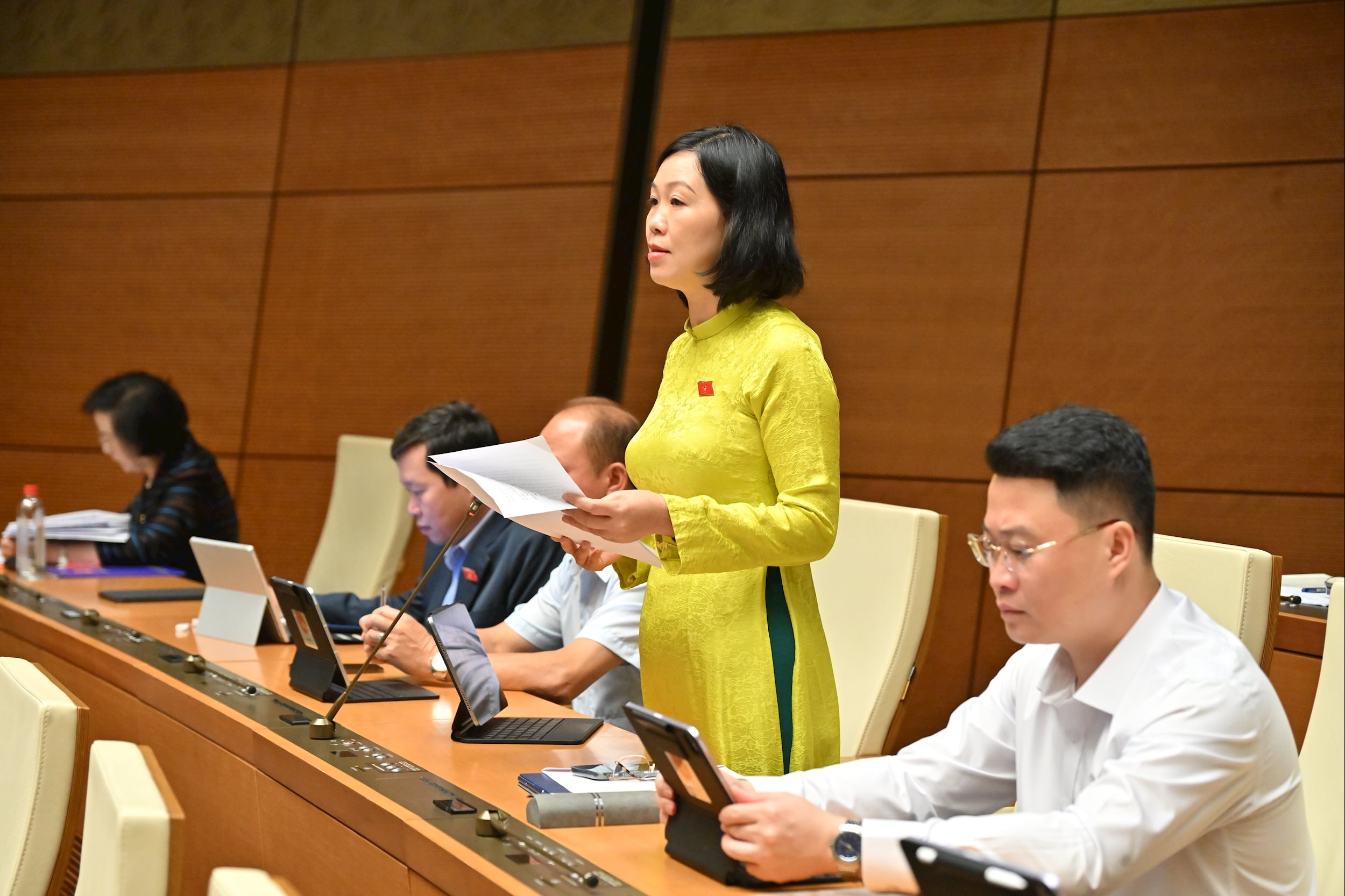
Implement the issuance of a number of international exchange regulations on greenhouse gas emission reduction and carbon credits; regulations on forest carbon absorption and storage services; tax incentives, financial support and investment incentives for projects such as renewable energy, sustainable agriculture and forest protection.
Delegate Nguyen Thi Lan Anh proposed to promote and soon operate the national carbon trading floor, create a transparent platform, increase control over credit value and distribute benefits directly to the community. Pay attention to localities with large forest coverage rates to soon participate in the carbon market. Provide technical and financial support to help businesses, especially small and medium enterprises, participate in this market.
“ Invest in technology and infrastructure, apply artificial intelligence (AI), Zepp, satellites, blockchain, store forest data, ensure transparency in providing carbon credits. Prioritize indigenous multi-layer forests, both prevent and combat natural disasters and build key carbon ecological zones,” the delegate proposed.
At the same time, delegates said that bilateral agreements should be built with countries and developed nations to export carbon credits to bring in foreign currency and enhance Vietnam's position.
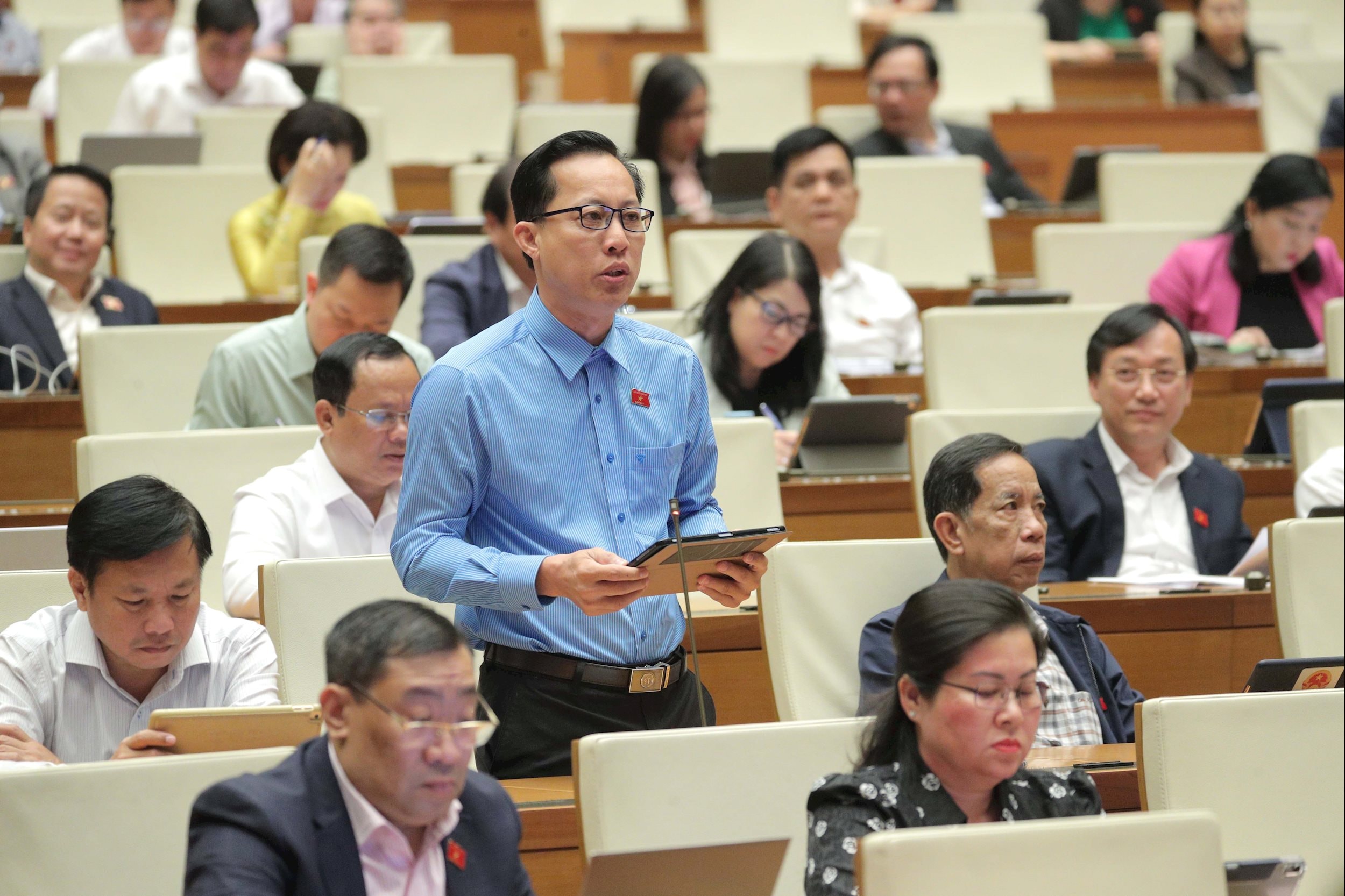
Emphasizing that developing the carbon market is an important tool to contribute to reducing emissions, protecting the environment and developing a green economy, National Assembly Deputy Trinh Minh Binh (Vinh Long) said that it is necessary to prioritize resources and high-quality human resources for the allocation of emission quotas and carbon market operations; promote training and fostering a team of experts capable of managing, trading and operating the domestic market on par with regional and international standards...
Delegates emphasized that the carbon credit market is not only a tool to fulfill environmental commitments but also an opportunity for Vietnam to build a green, sustainable and competitive economy, contributing to the Net Zero target by 2050.
Source: https://daibieunhandan.vn/thuc-day-van-hanh-san-giao-dich-carbon-10394594.html





![[Photo] Closing of the 14th Conference of the 13th Party Central Committee](https://vphoto.vietnam.vn/thumb/1200x675/vietnam/resource/IMAGE/2025/11/06/1762404919012_a1-bnd-5975-5183-jpg.webp)


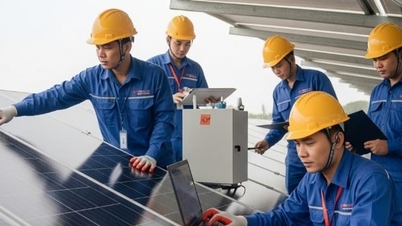
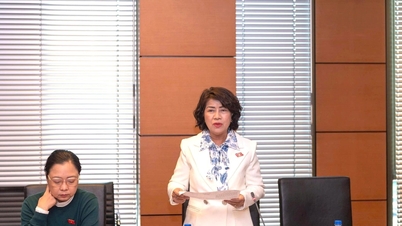










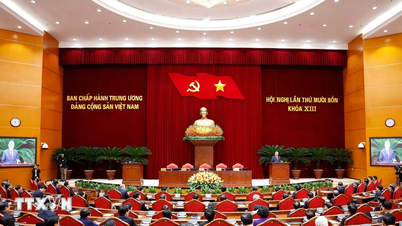



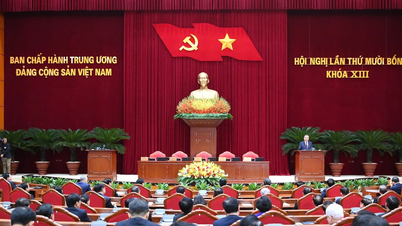




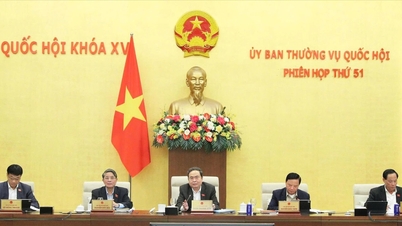




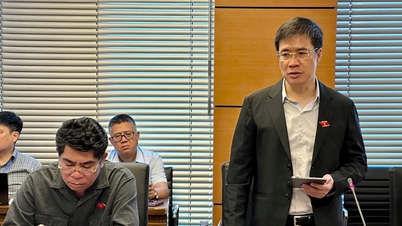





































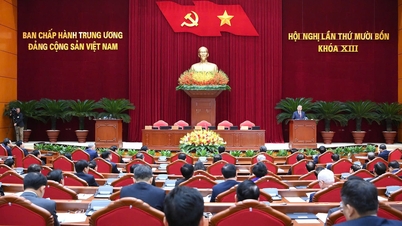














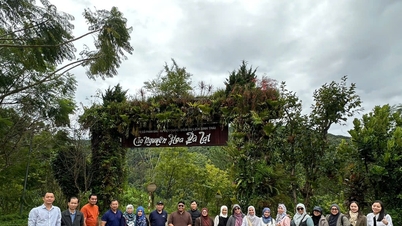



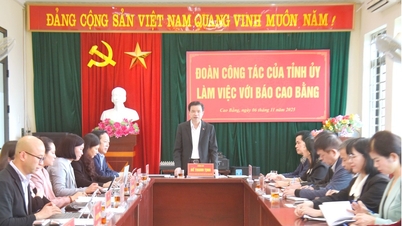















Comment (0)